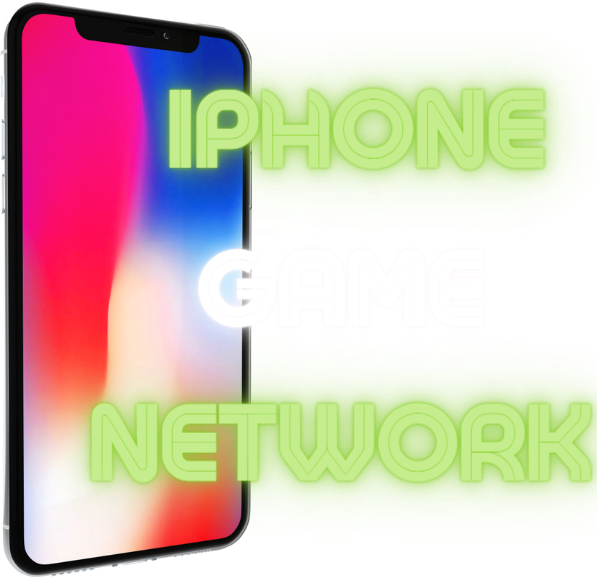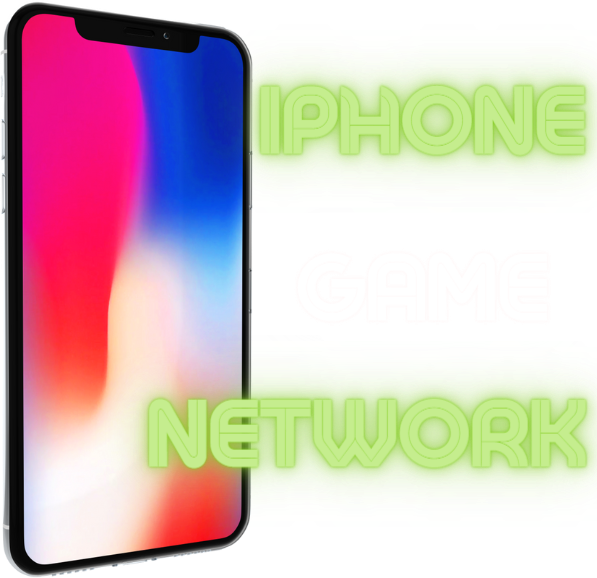Star Wars: KOTOR II is a RPG that takes the galaxy far, far away and makes it your own. The game lets you create and customize your Jedi, explore interplanetary spaceships, and make story-driven decisions.
While the game can feel ponderous and moody, there are plenty of moments where it feels incredibly radical. In the end, it’s this that makes it a unique experience within the franchise.
Gameplay
Knights of the Old Republic II is a sci-fi RPG where you play as a Jedi. You explore the galaxy, assemble new companions, restore your connection to the Force and fight against Darth Malak’s Sith forces.
One of the most enjoyable aspects of the gameplay is the turn-based combat where you cycle through abilities like Flurry and Power Attack, swapping between Force abilities such as Push or Force Lightning, deploying shields, and changing targets. The gameplay feels smooth and the age of this 2004 title doesn’t really show.
The game also has a large range of planets to explore, including Sith homeworld Korriban; war-ravaged Telos; and Dantooine, the location of the Jedi Academy and the Sith Academy. Visiting these planets and travelling between them in the right order can make a huge difference to your progress and story.
Story
Five years after the events of Knights of the Old Republic, Jedi are on the brink of extinction and the Sith Lords hunt them relentlessly. The only hope for the Republic is a disgraced exiled Jedi who’s attempting to reconnect with the Force and fight for freedom.
Obsidian’s story is more complex than its predecessor, exploring the moral ambiguity of the Force as players battle to save the Jedi and the galaxy. It’s an interesting choice, and one that makes a lot of sense given that the first KOTOR game focused on good and evil.
It’s a testament to the quality of storytelling in the game that it has managed to stay consistent with what BioWare did so well, despite the limited time Obsidian had to work with. As an added bonus, the cast of characters is much more dynamic and memorable than in the first KOTOR. This may not be the game’s most important selling point, but it is definitely a good reason to pick up KOTOR II.
Characters
The characters in Star Wars: KOTOR II are one of its biggest selling points. Despite being made in a relatively short time frame, Obsidian were able to create memorable and complex characters that don’t fit the mould of what you’d expect from other Star Wars games.
Taking place roughly four thousand years before the events of the original Star Wars trilogy, KOTOR II tells the story of a disgraced Jedi Knight who is forced to choose between rescuing the Jedi Order or joining the Sith. You’ll play as The Exile, a rogue Jedi who has been cast out of the Order after their actions in the Mandalorian Wars.
In addition to a rogue pilot named Atton Rand, the game also features a force-sensitive Jedi named Kreia who helps The Exile regain her former powers. Her philosophies and beliefs about the Force and her own motivations are one of the most intriguing aspects of the game, making her one of the best characters in Star Wars history outside the original trilogy.
Soundtrack
After a long wait, the soundtrack for the Star Wars: KOTOR II game has finally been released! It was composed by Mark Griskey, and is available now on Apple Music and Spotify.
Developed by Obsidian Entertainment and published by LucasArts, KOTOR II is a follow-up to the first game in the series. This time around, the game’s plot focuses on the Jedi Order and their fight against the Sith Lords.
The game has a lot of familiar musical themes from the original trilogy, but it also includes a ton of original tracks. It was a huge undertaking for the music team, and a lot of work went into making the score sound as good as it does today.
The Switch version of the game will be released soon, and it’s being ported by Aspyr Media, which is no stranger to porting older games to Nintendo consoles. It’s expected to feature some performance improvements and resolution upgrades, as well as a Restored Content DLC that was left out during its release in 2004.

